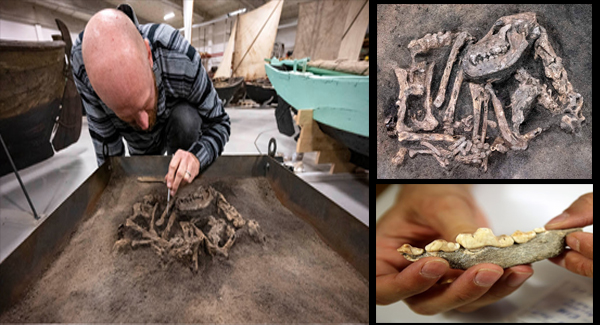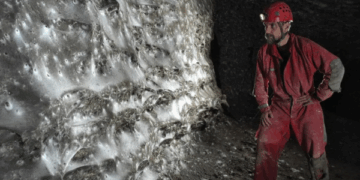According to reports, the remains of a Stone Age dog and its owner were discovered buried together at an excavation site in Sweden, and the bones of an ancient dog are now clearly visible in pictures.
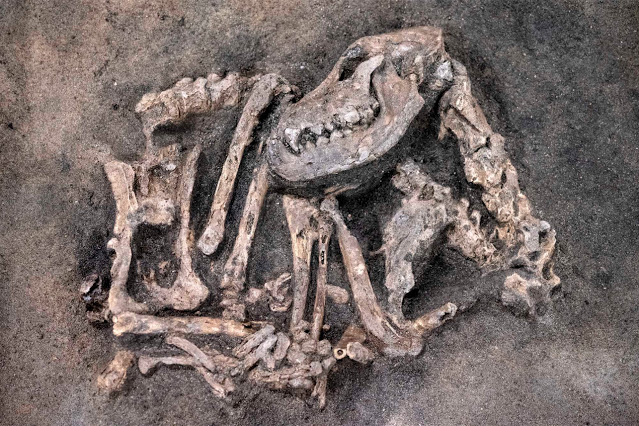
Thought to have been buried 8,400 years ago, the experts found the dog in late September 2020 in Solvesborg, about 350 miles south of Stockholm.
The archeologists moved the 250 kg block containing the ancient dog back to the Blekinge Museum in Karlskrona. The surrounding sediment was meticulously scraped and brushed away to reveal the best dog bones.
According to the animal osteologist who undertook a preliminary analysis of the remains earlier this year, the dog’s breed would have been relatively unusual to us today. Still, it would have been equivalent to ‘a robust greyhound.’
The settlement discovered at the Ljungaviken site was previously on the coast; however, rising sea levels covered it with layers of sand and mud, preserving its artifacts for thousands of years.
The area where the remains of dogs were found became the center of one of the most significant archaeological excavations carried out in the area. These efforts result from the collaboration between archaeological researchers and local authorities.
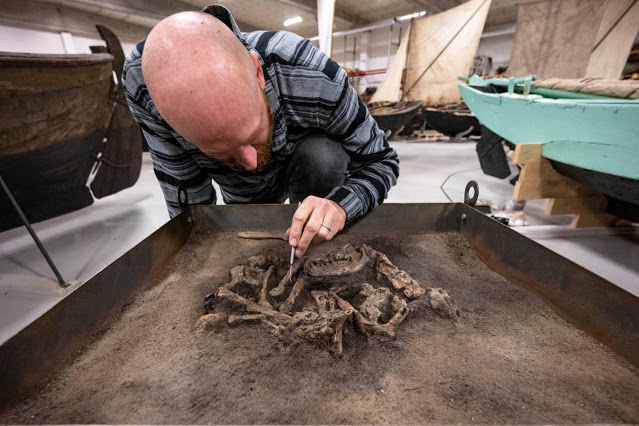
Researchers discovered evidence of at least 56 structures and indications of numerous pits and postholes at the site.
The dog is well preserved, and the fact that it was buried in the middle of a Stone Age settlement is unusual,’ says the researcher Ola Magnell, an osteologist at the Blekinge Museum
The beloved dog was buried with its owner as a part of the latter’s so-called “grave goods,” an ancient ritual in which the living buried the dead along with objects of material and emotional value.
According to the museum project manager Mr.Carl Persson, a quick and violent sea level rise flooded the area, which helped the burial site to be preserved.
As a result, much of the archaeologists’ work at the site involved the meticulous removals of layers, sand, and mud to release the items buried within.
These discoveries make you feel closer to the people who had lived here. A buried dog demonstrates how similar we have been over thousands of years when it comes to emotions like sadness and loss,” said Dr. Persson.
According to experts, hunters may have lived in Ljungaviken during the Stone Age. After the archaeologists have completed their research, converting the area into a residential community will begin.
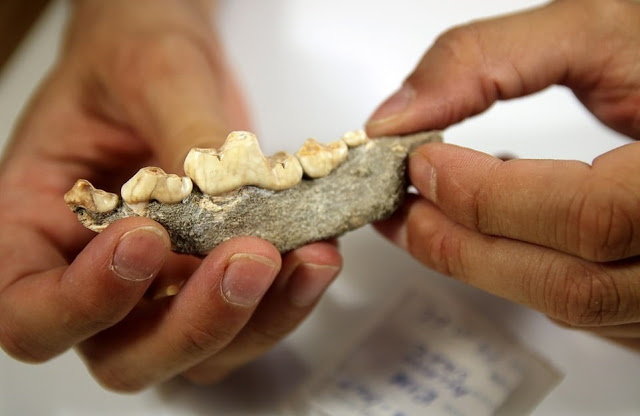
Experts believe dogs have served as “man’s closest friend” for thousands of years because they have found evidence that pets have long been domesticated all over the world.
For example, in August of this year, researchers in southern Italy uncovered the remains of the oldest pet dog, believed to date back to between 14,000 and 20,000 years.
The team at the University of Siena hopes their discovery will shed light on how dogs have leaped from wild predators to loving companions.
One theory proposes that wolves became scavengers due to food shortages, bringing them closer to human settlements.
Some experts believe that animals and our forefathers developed a bond over time, resulting in a near-symbiotic relationship that eventually flourished. Others believe that wolves and humans first met while hunting together and that this is how the relationship began.
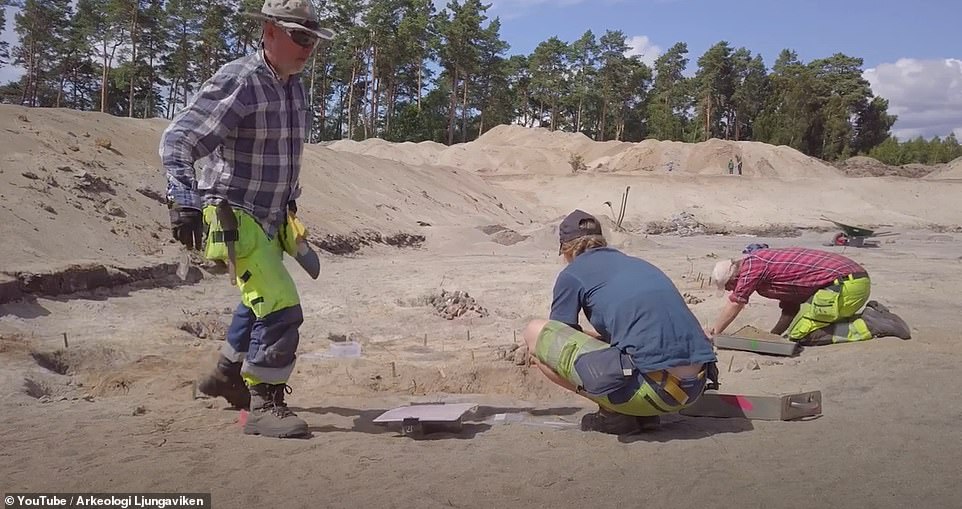
The early dogs of the study, published in the journal Scientific Reports, were found at two Paleolithic sites in southern Italy: the Pagliacci and Romanelli Caves.
‘Combined molecular and morphological analyses of fossil canid remains from the sites of Grotta Pagliacci and Grotta Romanelli, in southern Italy, attest to the presence of dogs at least 14,000 calibrated years before present,’ wrote paper author Francesco Boschin and colleagues.
This evidence is one of the earliest domesticated animals from the Late Paleolithic in Europe and the Mediterranean.”
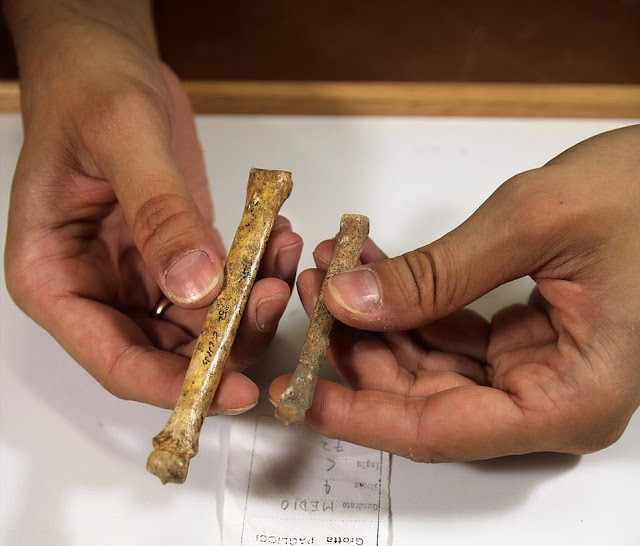
However, Dr. Boschin later told RealPress that a re-evaluation revealed that the figure might be much older, possibly as much as 20,000 years old.
‘From an archaeological point of view, the oldest remains of domesticated dogs were discovered in Central Europe and date back 16,000 years, said Dr. Boschin.
“In the Mediterranean region, we’ve found that domesticated dogs lived here at least 14,000 years ago, but possibly even 20,000 years ago.”

